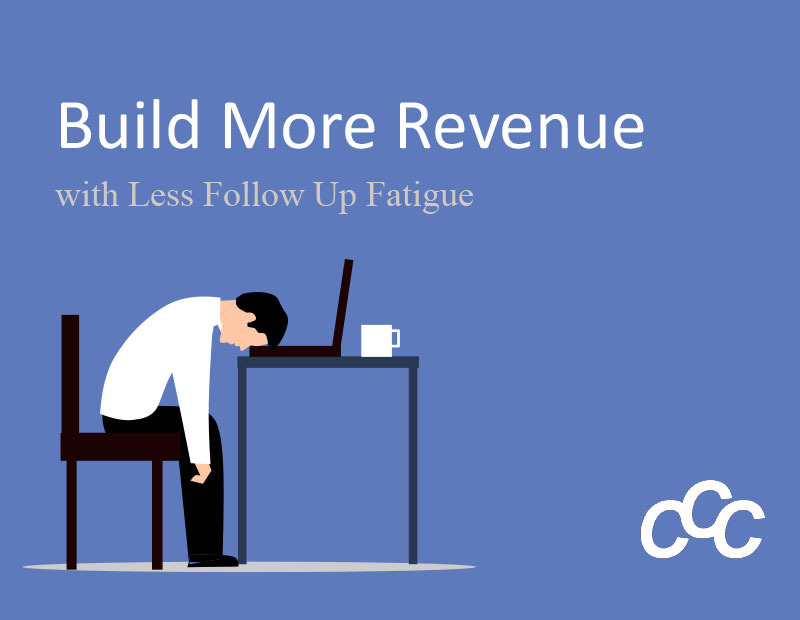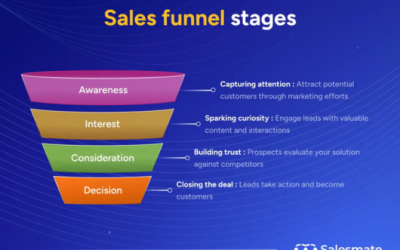Can you imagine how much time you would have on your hands if you could automate 50% of your tasks? Just think, you could spend more time cultivating new business, enjoying the things you enjoy, and sleeping better at night because tasks are getting done.
In this article, we want to explore the benefits of automation and how you can determine what should be automated and what should not.
The benefits of automation
Automation increases productivity
Mundane and redundant tasks are often necessary, so they need to get done, while also eating up your time. Automating these tasks will allow you to focus on other areas that need your attention like business development, customer service, and management.
Automation minimizes mistakes
Tasks that are repetitive are often put to the side until the last minute. This increases the chance of mistakes because they are done in a rush. Even if it isn’t done last minute, the task can be done in your sleep, so you do it and move on without checking if you did it correctly. Automation helps you get the task done on time and done well.
Automation lowers costs
Tasks need to get done and someone needs to do it whether it is you or someone you hire. If you do it yourself, you have less time to spend on more important matters. If you hire someone, you increase your overhead. There are many tasks that can be automated which means they are getting done except without eating up your time or adding to your overhead costs. In fact, automation will lower costs and help your business be more profitable because you can focus on responsibilities that increase revenue.
Which tasks should you automate?
Most CRMs have an automation feature that allows you to automate tasks. As we look at the characteristics of tasks, we will be looking at the tasks through the window of a CRM.
Let’s look at 3 characteristics of tasks that could be automated:
- The task is repetitiveA repetitive task is an action that is repeated in response to another, so let’s look at this a letter deeper. Here are examples of repetitive tasks
- Acknowledging customer inquiries with a follow-up email
- Sending an email to a customer for their birthday or other events
- Sending out invoice reminders
- Sending a follow-up email to a new contact
- Creating daily, weekly, or quarterly reports
Each task in the example above has two things in common. They need to get done and they are repetitive.
Ask yourself – What are the repetitive tasks that I am doing manually? How many of my repetitive tasks can be automated through my CRM?
- The task’s level of risk.Every task has a level of risk. Some tasks with a low level of risk while others like invoicing have a higher risk level because it can affect your profit and your customer relationship if it is done incorrectly. If a task has a high level of risk for error, automation can minimize or remove the risk altogether.Ask yourself – Do I have tasks that are prone to human error? Would automation reduce the risk of error?
- The task is time-consuming.Some tasks may not be repetitive, but they are mundane, and they need to get done. For instance, if you speak with a customer and obtain updated information, you may need to update their contact information, invoicing address, and so on. This takes time to ensure that every area of business that interacts with the customer is updated. If your CRM is the central hub internally and customer-facing, automation is a great way to ensure that when a record is updated in one area, it updates globally.Ask yourself – What mundane tasks are taking up most of my time? Am I (or an employee) updating information manually across the board? Is my CRM set up to automate updates?
Conclusion
Mundane and repetitive tasks can easily control your day. We talk about this in our article, My Tasks and Follow Up Are Out of Control, What Can I Do About? Understanding the benefits of task automation and knowing which of your tasks can be automated will open time for new business and increase revenue. If you are not using a CRM to automate your tasks, contact us to schedule a demo and learn how X2CRM can automate tasks, help with business development, and reduce follow-up fatigue.[/vc_column_text][/vc_column][/vc_row][vc_row][vc_column][vc_custom_heading text=”More CRM Topics” font_container=”tag:h2|text_align:center” use_theme_fonts=”yes”][vc_empty_space][vc_basic_grid post_type=”post” max_items=”2″ element_width=”6″ orderby=”rand” grid_id=”vc_gid:1638284338505-45e3962c-ed36-10″ taxonomies=”4″][/vc_column][/vc_row]





